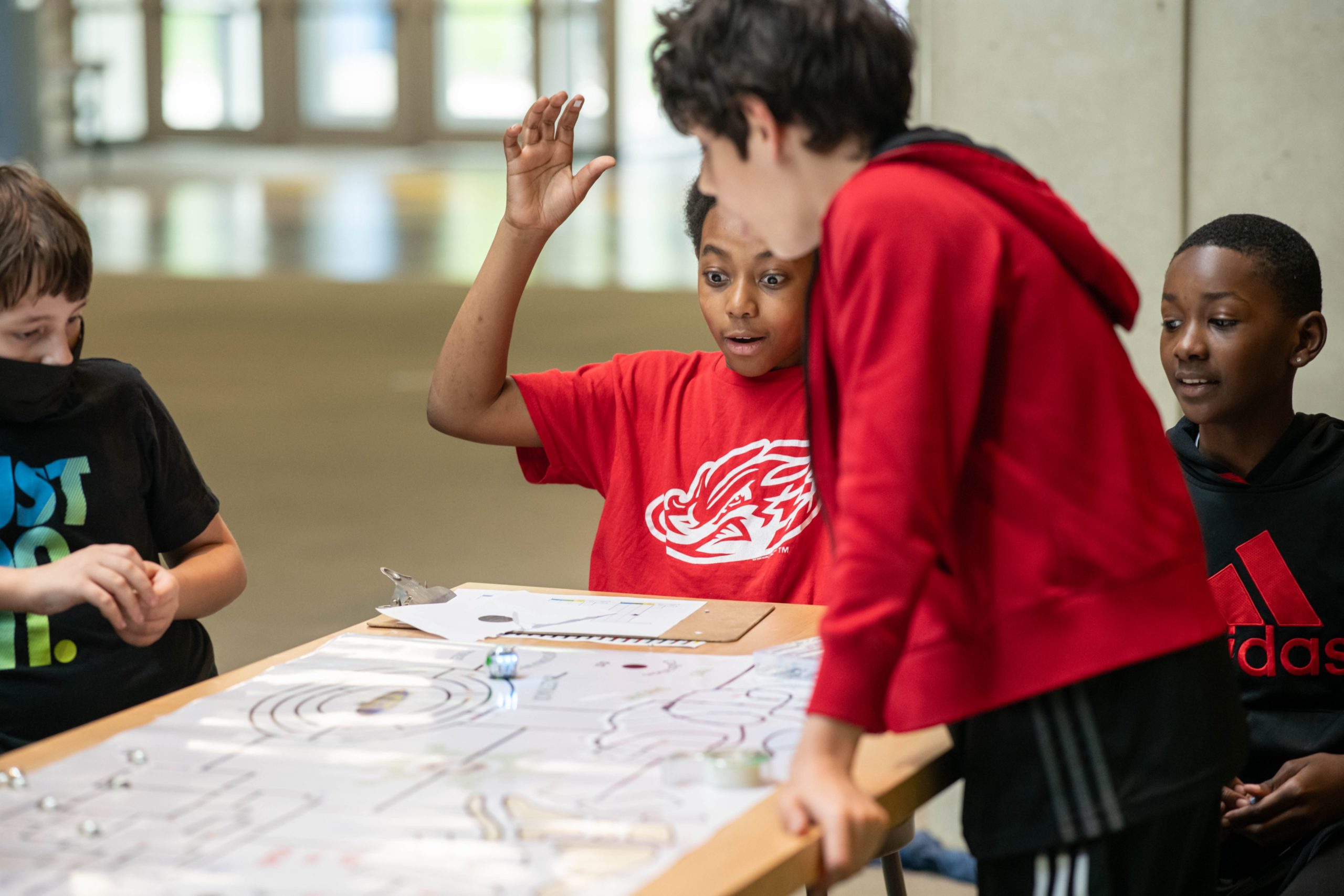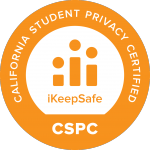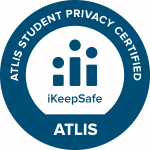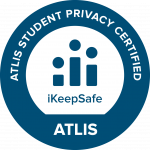Today’s museums, after-school programs, and camps are more than just places to visit — they’re places to create. With hands-on STEAM experiences, these environments are inspiring the next generation of innovators. And one of the most engaging ways to do that is through coding and robotics.
Coding is no longer confined to the classroom. Museums, after-school programs, and camps are bringing it to life through interactive, collaborative learning.
Research shows that robotics-based activities:
- Boost engagement and persistence in problem-solving
- Help students develop teamwork and communication skills
- Improve spatial reasoning, sequencing, and logical thinking
According to the Afterschool Alliance, nearly three out of four after-school students now participate in STEM learning opportunities; a number that continues to rise each year. As hands-on learning becomes essential, educators and program leaders are looking for flexible tools that meet students where they are.
Meet Ozobot: A Small Robot with Big Learning Potential
Ozobot’s programmable robots are designed to make coding approachable, creative, and fun. With the flexibility to teach coding both with and without screens, Ozobot bridges the gap between digital and physical learning, making it an ideal tool for museums, after-school programs, and camps where time and staff expertise may vary.
What sets us apart:
1. Ready-to-Run Experiences
Ozobot’s ready-made activities and lessons are free to access in Ozobot Classroom and make it easy for staff or volunteers to lead engaging sessions with no coding background required. Each kit comes with clear setup guides and standards-aligned content, helping you deliver impactful programming right away.
2. Two Ways to Code
Younger learners can draw paths and color codes on paper for Evo to follow. Older students can jump into Ozobot Editor, a block-based programming environment that introduces coding logic, loops, and functions in a visual, intuitive way.
3. Perfect for Short Sessions
Whether you have 30 minutes or a full afternoon, Ozobot activities can flex to fit your schedule. From quick challenges to extended design projects, every session gives learners a chance to see their ideas come to life.
4. Supports All Learners
Coding with Ozobot engages a range of learning styles — tactile, visual, auditory — and provides accessible, screen-free options for students with different needs. It’s a natural fit for inclusive education environments and diverse audiences.
How to Bring Coding to Your Museum or Program
- Choose your setting.
A table, classroom, or camp room can easily transform into a mini STEAM Lab. - Set up your materials.
Getting started is as easy as using blank paper and the Color Code Markers or a lesson from the Evo Pacing Guide and powering on your robots. - Start with a story.
Have students draw a route for their Ozobot to follow — maybe it’s migrating birds, an explorer’s map, or a journey through your exhibit. The Color Code Guide is a great resource while starting out! - Reflect and share.
Invite participants to show off what they built and discuss what they learned about logic, creativity, or teamwork.
By the end, you’ll have turned an ordinary visit or session into an unforgettable, skill-building adventure.
The beauty of robotics-based STEAM learning is that it gives kids ownership of their ideas. They can design, test, and iterate in real time and see the immediate impact of their code. It’s creative, open-ended, and rewarding for both students and facilitators.
Museums and informal learning environments also benefit from the natural curiosity robotics inspires. Kids who may not think of themselves as “tech-minded” suddenly find joy in experimenting, problem-solving, and storytelling.
Ozobot’s ready-to-run STEAM activities turn field trips, after-school sessions, and camp programs into creative, hands-on coding adventures. Explore options for your program or museum at ozobot.com and see how you can bring the magic of coding to life for every learner.









